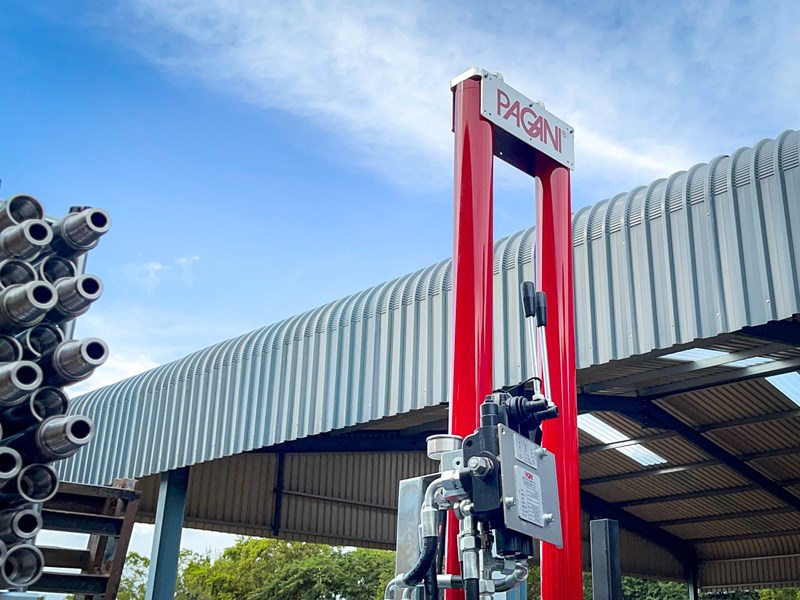Dissipation testing | How and why

Dissipation testing is an in-situ testing method that measures the change in pore water pressure over time. Dissipation testing is used to assess the drainage and consolidation characteristics of soil, which are important factors in many geotechnical fields.
Dissipation testing is typically performed using a piezocone penetrometer (CPTu). The CPTu is a device that measures the cone resistance, sleeve friction and pore water pressure at various depths. To conduct a dissipation test the piezocone is advanced into the soil to a desired depth. At this depth, the piezocone advancement is stopped and the dissipation test commences. Pore pressure readings are then recorded over time as the excess pore pressure dissipates.
The rate of dissipation depends on a number of factors, including the soil type, water content, and permeability. In general, a non-cohesive soil will dissipate excess pore water pressure more quickly compared to a cohesive soil such as clay.
Dissipation testing can be used to estimate the following parameters:
Dissipation testing is typically performed using a piezocone penetrometer (CPTu). The CPTu is a device that measures the cone resistance, sleeve friction and pore water pressure at various depths. To conduct a dissipation test the piezocone is advanced into the soil to a desired depth. At this depth, the piezocone advancement is stopped and the dissipation test commences. Pore pressure readings are then recorded over time as the excess pore pressure dissipates.
The rate of dissipation depends on a number of factors, including the soil type, water content, and permeability. In general, a non-cohesive soil will dissipate excess pore water pressure more quickly compared to a cohesive soil such as clay.
Dissipation testing can be used to estimate the following parameters:
- Coefficient of consolidation: A measure of the rate at which excess pore pressure dissipates in soil.
- Hydrostatic pore water pressure: The “rest” pressure of the water in the soil at a given depth.
- Excess pore water pressure: Excess pressures over the hydrostatic pore water pressure.
Dissipation testing is a valuable tool for geotechnical engineers in a variety of applications, including:
- Designing foundations for buildings and other structures
- Assessing the stability of slopes and embankments
- Monitoring the performance of structures during and after construction
Plot 28 Central Road
Sunrella, Lanseria
Gauteng
South Africa
Tel. +27 (0)11 966 7760
Email. info@geogroup.co.za